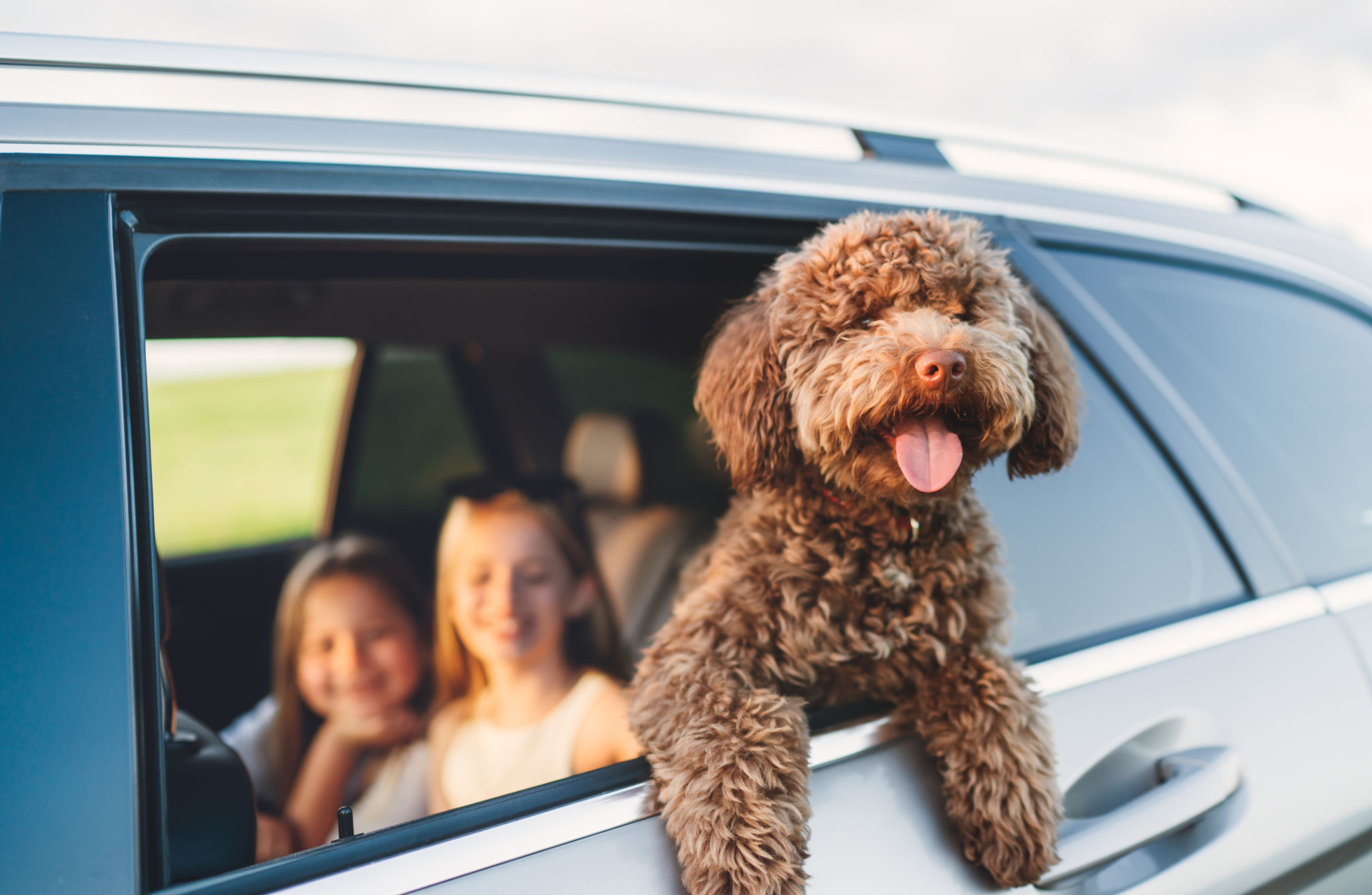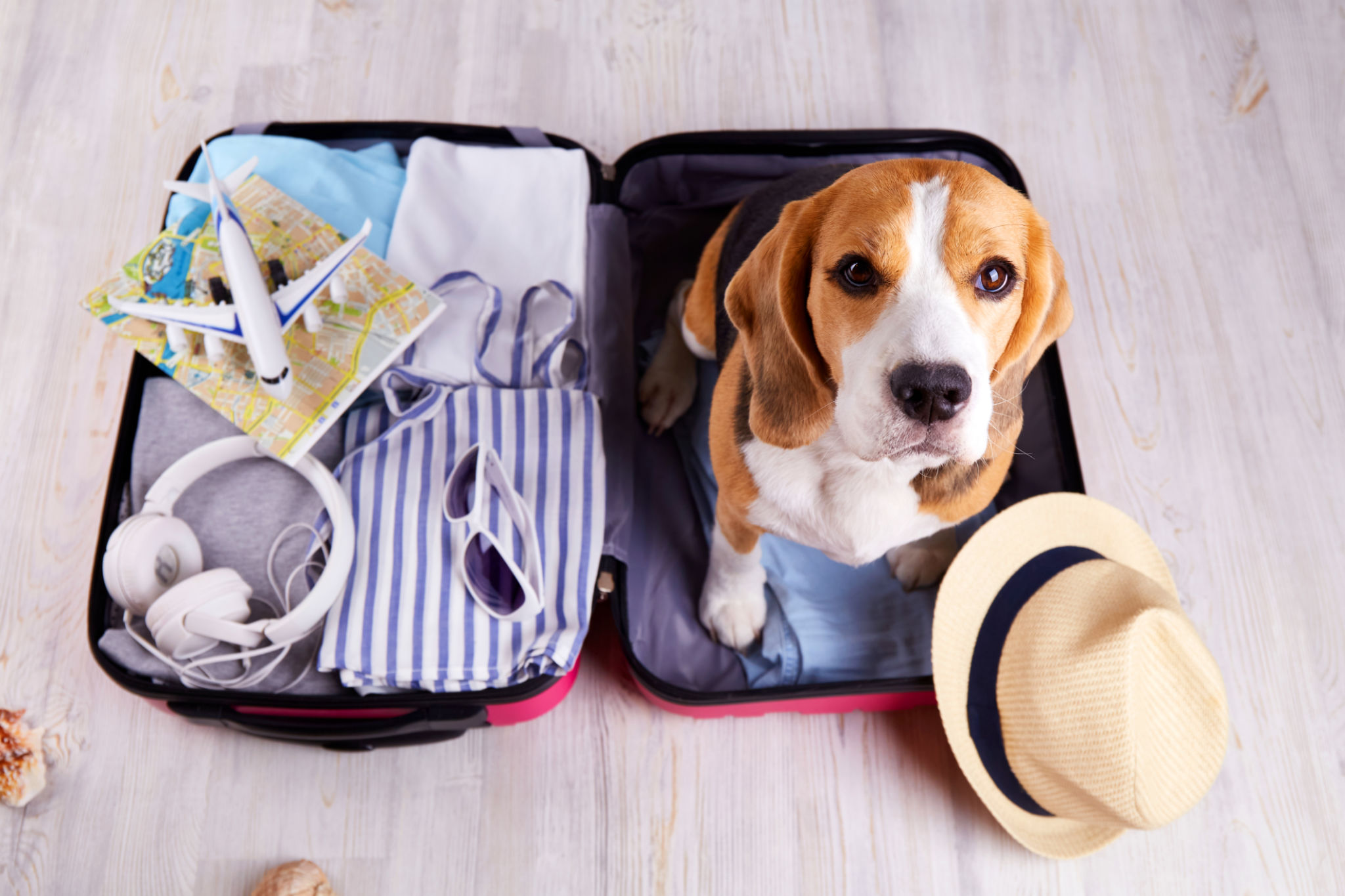Seasonal Pet Transport Tips: Traveling with Pets in Summer and Winter
Understanding the Challenges of Pet Transport in Different Seasons
Traveling with pets requires careful planning, especially when considering the drastic weather variations between summer and winter. Each season presents unique challenges that can significantly impact your pet's comfort and safety. Being prepared for these conditions can help ensure a smooth journey for both you and your furry friend.

Summer Travel: Keeping Your Pet Cool
During the summer months, high temperatures can pose serious risks to pets, particularly during transport. To keep your pet cool, always provide plenty of water and avoid traveling during peak heat hours, typically from late morning to early afternoon. Ensure your vehicle is well-ventilated and consider using sunshades to reduce heat exposure.
It’s also crucial to never leave your pet unattended in a parked vehicle, as temperatures can soar rapidly even on seemingly mild days. If your journey includes air travel, check with the airline regarding their pet travel policies, as some may have restrictions during extreme heat.

Preparing for Long Drives
For longer trips, plan regular breaks to allow your pet to stretch their legs and relieve themselves. This not only helps in reducing stress but also ensures they remain hydrated. Keeping a small fan or cooling mat handy can also provide additional comfort for your pet during stops.
Winter Travel: Ensuring Warmth and Safety
In winter, the primary concern is keeping your pet warm throughout the journey. Ensure your pet has a cozy space with adequate bedding or blankets. It’s advisable to keep the car temperature comfortable for them and to avoid drafts from windows or doors.
If you’re traveling by air, be aware of the airline’s policies regarding cold weather travel. Some airlines may have temperature restrictions to prevent pets from being exposed to extreme cold during loading and unloading.

Navigating Snowy or Icy Conditions
When driving in snowy or icy conditions, prioritize safety by allowing extra travel time and driving cautiously. Your pet should be securely fastened in a carrier or with a pet seatbelt harness to prevent injury in case of sudden stops or accidents. Additionally, ensure that your destination is pet-friendly, with facilities that can accommodate their needs in cold weather.
General Tips for Year-Round Pet Travel
Regardless of the season, there are several universal tips for traveling with pets. Always have an emergency kit on hand that includes first-aid supplies, food, water, and any necessary medications. It’s also beneficial to have your pet’s identification tags updated and to carry their health records.

Acclimating your pet to travel gradually can make a significant difference in their comfort level. Short practice trips can help them get used to the motion and sounds associated with traveling. Lastly, if your pet experiences anxiety during travel, consult with a veterinarian for potential solutions such as calming aids or behavioral training.
Conclusion: Planning Ahead for a Stress-Free Journey
Traveling with pets doesn't have to be stressful if you plan accordingly for seasonal challenges. By taking into account the specific needs dictated by summer heat or winter cold, you can ensure that your journey is safe and enjoyable for everyone involved. Remember, preparation is key to a successful trip with your beloved companion.